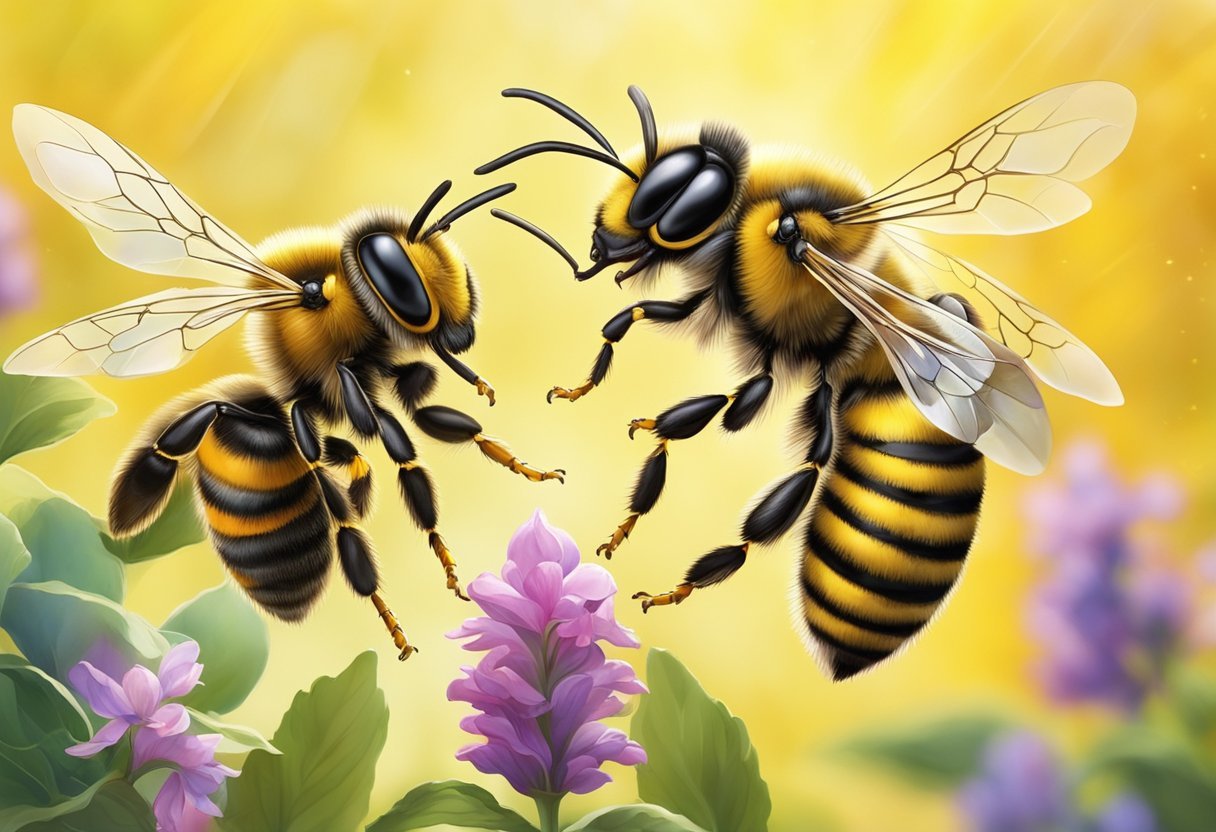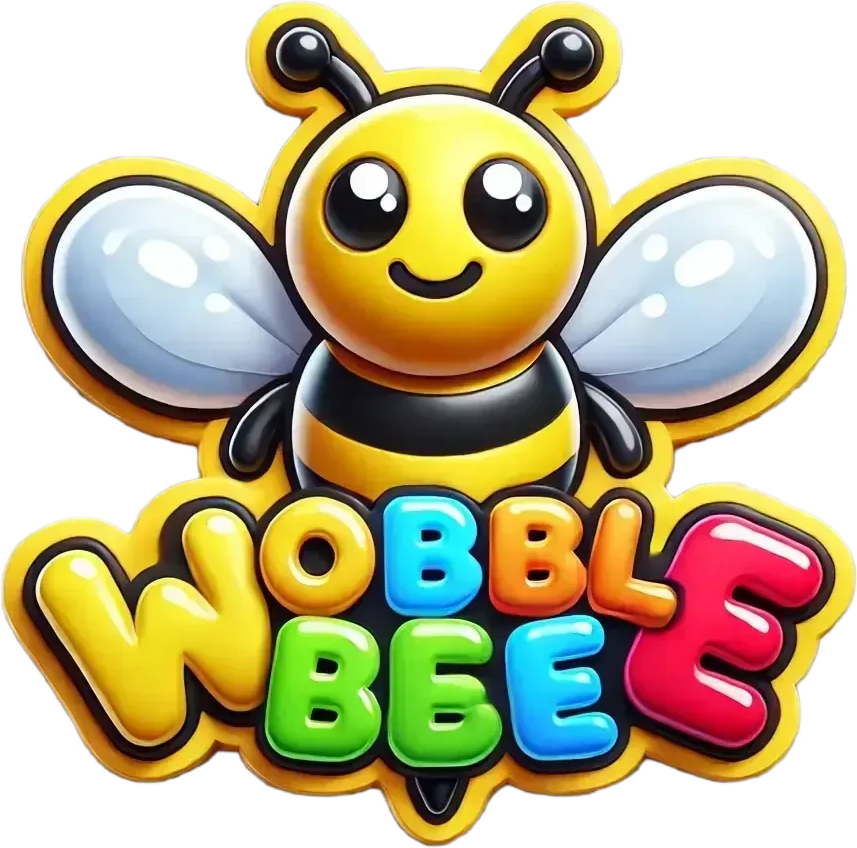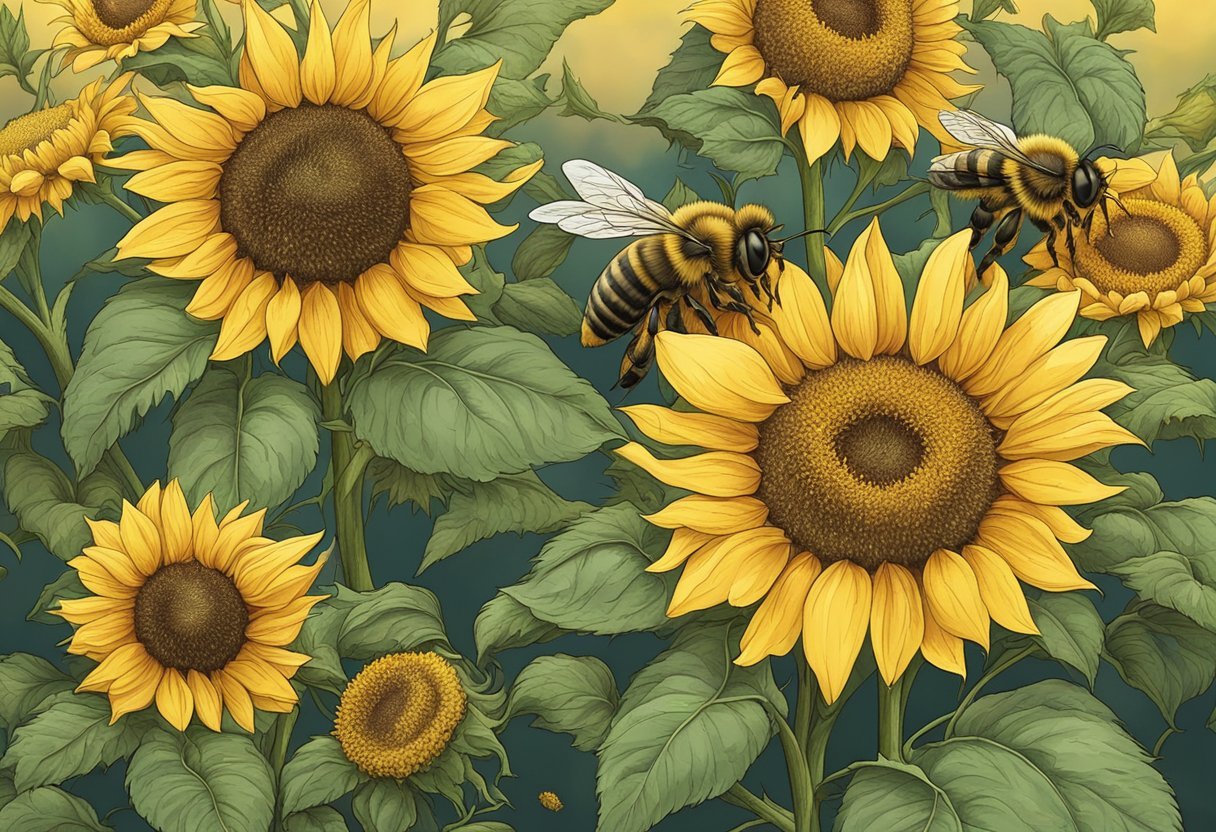When it comes to stinging insects, honey bees and yellow jackets are two of the most common species that come to mind. While they may seem similar at first glance, there are actually several key differences between these two buzzing creatures. In this article, we will compare honey bees and yellow jackets in terms of their behavior, appearance, habitat, and impact on the environment.

Honey Bee vs Yellow Jacket
| Feature | Honey Bee | Yellow Jacket |
|---|---|---|
| Body Hair | Fuzzy all over (head, thorax, and abdomen) | Smooth and hairless on abdomen, hairy on thorax |
| Coloration | Golden brown or amber with black stripes | Bright yellow and black stripes |
| Body Shape | Rounder and more plump | Slender with a narrow waist |
| Social Structure | Colonial (queen + worker bees) | Colonial (queen + worker bees) |
| Diet | Primarily pollen and nectar | Nectar, sweets, and other insects |
| Sting | Stings once, then loses its stinger and dies | Can sting multiple times |
| Aggression | Generally docile, stings only if threatened | More aggressive, will sting for no reason |
| Nesting | Builds wax combs in hives | Builds papery nests underground, in walls, or attics |
| Benefit | Important pollinators | Beneficial insect that controls other pest populations, but can be a nuisance to humans |
Behavior
One of the main differences between honey bees and yellow jackets lies in their behavior. Honey bees are social insects that live in colonies with a strict hierarchy. They work together to build and maintain their hive, and each bee has a specific role to play, whether it’s collecting nectar, building honeycombs, or protecting the hive.
On the other hand, yellow jackets are also social insects, but they are more aggressive and territorial compared to honey bees. They are known for their aggressive behavior when it comes to defending their nests. Yellow jackets are scavengers and are often attracted to human food and sugary substances.
Appearance
Visually, honey bees and yellow jackets have distinct differences. Honey bees are usually smaller and slimmer in size, with a more rounded abdomen. They have a fuzzy appearance due to the fine hairs covering their bodies. The color of honey bees can vary, but they are typically brown or black with yellow or orange bands on their abdomen.
On the other hand, yellow jackets are larger and more robust in size. They have a slender waist and smooth bodies without much hair. Yellow jackets are aptly named for their yellow and black striped pattern, which serves as a warning to potential predators.
Habitat
Both honey bees and yellow jackets have specific habitats where they build their nests. Honey bees build their nests in enclosed spaces such as tree hollows, crevices, or man-made structures like beehives. They prefer to be near a good source of nectar and pollen, such as flowering plants.
Yellow jackets, on the other hand, build their nests underground or in protected areas like attics, wall voids, or tree stumps. They are less picky about their food sources and can scavenge on a wide variety of food, including insects, fruits, and human leftovers.
Impact on the Environment
Both honey bees and yellow jackets play important roles in the ecosystem, but their impact differs. Honey bees are crucial pollinators, responsible for pollinating a large percentage of the world’s food crops. They help in the reproduction of plants and contribute to the biodiversity of our environment.
Yellow jackets, on the other hand, are considered more of a nuisance and can be detrimental to certain ecosystems. They are known to prey on other insects, including beneficial ones like bees and butterflies. Additionally, their aggressive behavior and ability to scavenge on human food can lead to conflicts with humans.
Conclusion
In conclusion, honey bees and yellow jackets may both belong to the same order of insects, but they have distinct differences in their behavior, appearance, habitat, and impact on the environment. Honey bees are social, gentle, and important pollinators, while yellow jackets are more aggressive, territorial, and can be considered pests in certain situations. Understanding these differences can help us appreciate the unique qualities of each species and coexist with them in a more harmonious way.
Honey Bee vs Yellow Jacket FAQs
1. What’s the difference between honey bees and yellow jackets?
- Look closely – Do they have fuzzy bodies or smooth abdomens?
- What colors are their stripes? Are they bright yellow and black, or more amber and black?
- Where might they be hanging out? Are they buzzing around flowers or tertarik (attracted) to your food?
2. Is a honey bee sting worse than a yellow jacket sting?
- Does the stinger stay in after the bee stings? If so, it’s likely a honey bee.
- Can the bee sting you multiple times? Yellow jackets can sting repeatedly.
3. Are yellow jackets aggressive?
- Are they bothering you for no reason, or are you near their nest? Yellow jackets are more likely to sting than honey bees.
4. Are yellow jackets a good bee?
- Do they help plants reproduce by transferring pollen? Both bees do this!
- Are they bothering you at picnics or stinging for no reason? While they are pollinators, their behavior can be a nuisance.

